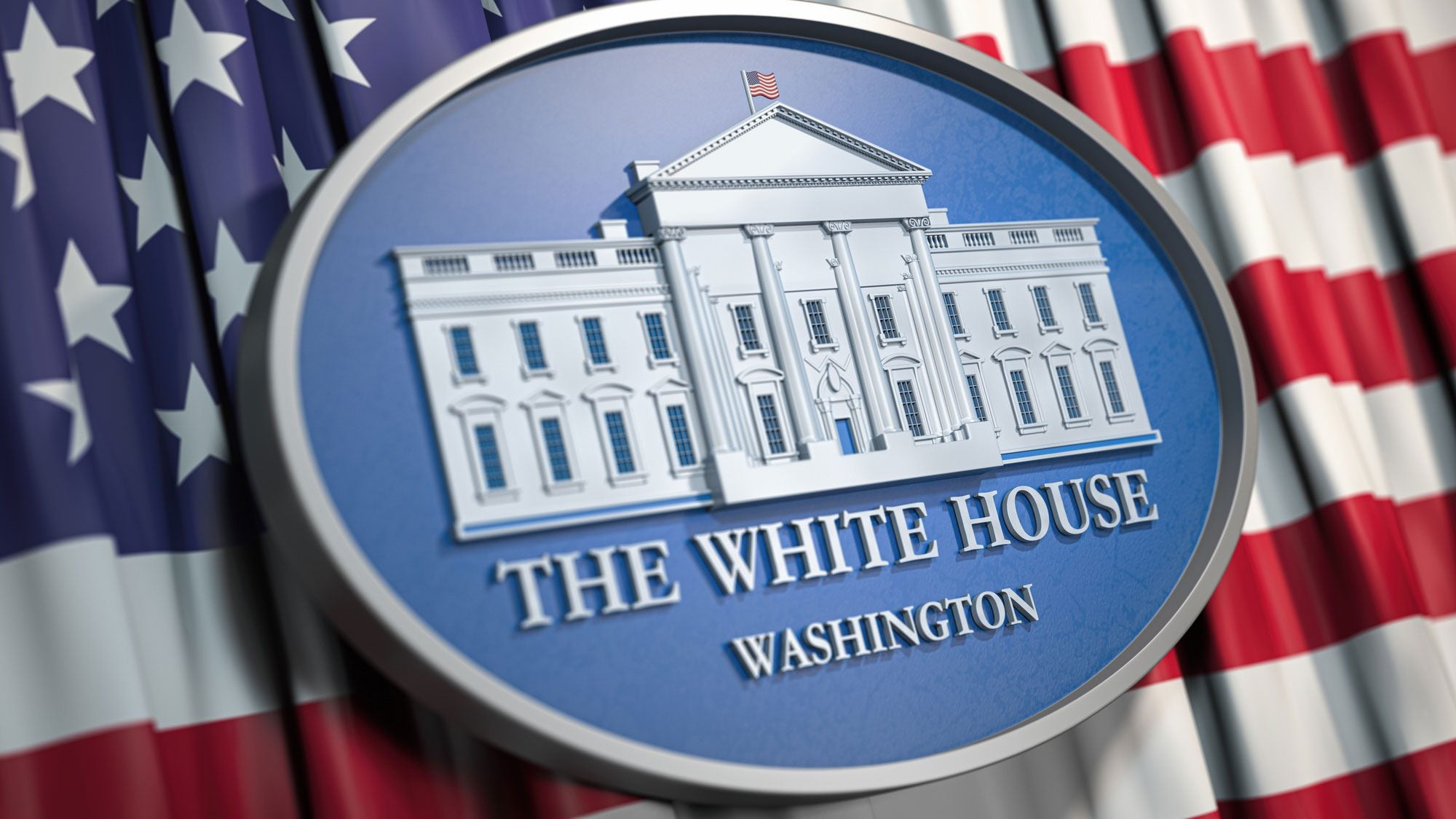
Title: Former White House Official, Says Smooth Transition Process Necessary, Daunting
Presidential transitions mark a change in leadership not only in the White House, but also at every executive branch agency. Georgetown Vice President and General Counsel Lisa Brown served as co-Director of agency review for the Obama-Biden transition, working to review the more than 100 departments, agencies and commissions comprising the executive branch. Brown, who later became White House assistant to the president and staff secretary under President Obama, describes the transition process as an arduous task reliant on the sharing of critical information needed to begin governing the moment the new administration takes office on Jan. 20.

What are the main goals of a presidential transition team?
Presidential transitions are times of vulnerability for our country. Not only is there a change in president, there is simultaneously a change in leadership at every single executive branch agency. Risks range from delays to oversights to errors, and, on the national security front, to being caught flat-footed by a savvy adversary with ill-intent.
It is therefore vital that the transition of power from one presidential administration to the next be as seamless as possible. If you think about it, no business – no corporation, no university, no nonprofit – would ever choose to have their entire leadership leave on one day.
The only reason the executive branch of the federal government is able to do so successfully every four or eight years – including during times of depression or war – is because of the cooperation between the outgoing administration and the incoming one and the professionalism and expertise of career civil servants. This is not a partisan issue. It is about the efficient and effective functioning of government for the people it serves.
The overarching goal of the transition is to prepare the president-elect and his team to take office and begin governing as efficiently as possible on Day One of the new administration. The transition includes teams focused on policy, personnel, agency review and the budget.
Combined, they prepare the president-elect and his team to “hit the ground running” and begin implementing the policy priorities of the president-elect, nominate or appoint his political appointees, respond to imminent issues at agencies, and prepare a budget as soon as they take office.
What was your role as co-director of agency review for the Obama-Biden transition team?
I created a structure and process to review the work of all the executive branch agencies. The agency review team involved over 500 people, with three co-directors (of which I was one), an 11-person working group that oversaw the review of 10 clusters of thematically related agencies, and teams for each agency with an identified team leader and team members with assigned responsibilities. The working group and team leaders in turn coordinated with the policy and personnel arms of the transition.
The goal of agency review is to complete a timely and thorough review of agencies and the White House, to provide the president-elect, cabinet appointees and their key advisors with the critical information needed to begin governing the minute they take office. The information collected informs the policy and budget planning process and personnel selection during the transition, and ensures that new Administration officials can “hit the ground running” when they take office the day after inauguration.
What kind of undertaking is the process for agency review?
I have never worked harder in my entire life. It is a daunting task and formidable organization endeavor to try to learn, and then summarize for the president-elect and his team, what is going on across the entire executive branch of the federal government. The work is fascinating, essential to a smooth transition, and important for our country.
When does the transition period start and end?
People tend to think of the transition as the period between Election Day and Inauguration Day. While the formal transition ends when the president-elect is inaugurated on Jan. 20, it starts well before the election.
There were 77 days between President Obama’s election and his inauguration, and that wasn’t enough. There will never be enough time, which is why it is essential that transition work start well before the election and that the outgoing administration engage collaboratively and holistically with the transition team for the incoming administration.
Really, the transition also extends well beyond Inauguration Day, as it often takes months to select and onboard the political appointees in agencies.
How soon do presidential nominees start thinking about who will comprise their transition teams?
Earlier and earlier. Candidates are no longer considered to be “measuring the drapes” if they plan for a transition before Election Day. The importance of an organized and effective transition is now widely recognized, and legislation now mandates that specific work be done before the election as well as between Election Day and Inauguration Day.
The Center for Presidential Transition at the Partnership for Public Service recommends that candidates start transition planning in March of the election year. My understanding is that candidate Biden began in March or April.
The candidate typically selects a trusted advisor familiar with government and good at management to build out the transition operation while the candidate focuses on winning the election. The candidate approves all major decisions of the transition, but the intent is to establish a parallel structure focusing on the transition that does not distract from the campaign.
How has this transition differed from those in the past?
This is not the first time that a transition team has been unable to start meeting with agency officials immediately after the election. President-elect Bush’s transition team did not begin such meetings until Vice President Gore conceded the election on December 13, 2000, after the Supreme Court’s Bush v. Gore decision.
This is the first time, however, where the General Service Administration’s (GSA) “ascertainment” of who won the election has become an issue.
During the 2009 election, GSA’s ascertainment letter was delivered to President-elect Obama’s transition team within hours of the media calling the election for Obama. It is also unusual to have a transition underway when the incumbent president has not actually conceded the election.
What impact does it have when an incoming administration can’t move forward right after an election?
Any delay means lost time getting fully up to speed on the issues the presidential administration will immediately confront when they walk in the door.
While the incoming administration has access to public information, they need to talk to agency officials to learn non-public details about the pressing matters – legislative, regulatory, budgetary, litigation, or programmatic – that may require immediate action so balls are not dropped or opportunities to act are not missed.
The risk this time is somewhat ameliorated by the fact that President-elect Biden is possibly the most experienced person ever to become president, and he has assembled an extraordinarily experienced transition team, many of whom worked in the Obama Administration and have only been out of power for four years. But experience is not a perfect substitute for time spent talking to incumbent agency employees about their current work.
For example, the nation needs the president-elect and his team to be fully briefed on COVID-19 response plans before they take office so they can seamlessly step in on Jan. 20 to maximize the effectiveness and timeliness of the government’s response, including the production and distribution of a vaccine. The health and economic security of our country depend on that.
The global challenges facing America similarly warrant robust information-sharing about national security matters. Incoming administration officials need to be brought up to speed on classified diplomatic, military and counterintelligence programs before taking office so they can respond quickly, thoughtfully and effectively to developments and threats that arise post-inauguration.
The 9/11 Commission cited the delay in beginning the transition to the Bush Administration as a factor contributing to 9/11 because of the delay in getting his national security team in place. One very practical impact of the delay for President-elect Biden is that there has been a three-week delay in the FBI’s processing of background checks, which will create a bottleneck in the administration’s ability to onboard political appointees.
The Presidential Transition Act has been amended several times since 1963. Do you think further changes should be considered?
GSA’s delay in ascertaining the winner of the election is leading to conversations about how to avoid such a scenario going forward or at least limit its impact. Regardless of who ultimately wins when there is a contested election, it is in the nation’s interest to ensure that necessary steps are taken to share information and facilitate background checks that are essential to hiring personnel so that whoever ultimately prevails is ready to govern.
How often do transition team members roll over into the president’s administration?
I understand that about 50% of the people who worked on the Obama/Biden transition entered the administration. For example, I became assistant to the president and staff secretary in the White House, and a number of people on agency review teams for the Obama administration were appointed to positions in those agencies. Appointing individuals who have worked on the transition facilitates a seamless, robust start to a new administration as they have the information they need to immediately begin work.

